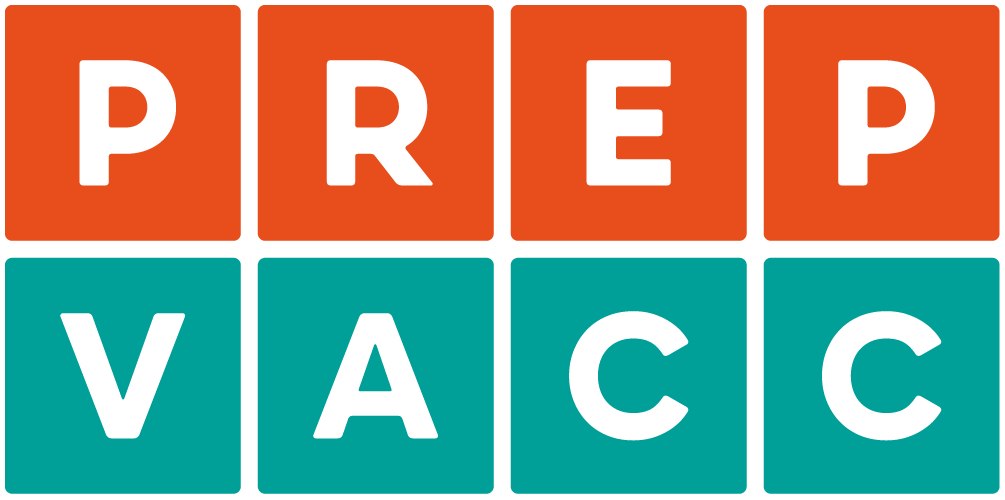HIV R4P Virtual: Recruitment of participants into an HIV vaccine preparedness study: Experiences from Masaka, Uganda
Doreen Joan Asio, MRC/UVRI and LSHTM Uganda Research Unit
Doreen is a senior Health Educator at MRC/UVRI & LSHTM Uganda Research Unit based at the Masaka Field Station with experience in clinical research. Doreen has successfully worked with several IAVI-sponsored HIV Vaccine preparatory studies among various populations in Masaka, Uganda. Her specific duties have included mobilisation of potential communities for VCT, mobilisation of prospective participants, HIV/AIDs counselling and testing and giving of results, obtaining of informed consent, and giving information to prospective volunteers.
Doreen’s role in the PrEPvacc study is to coordinate all counselling activities at the Masaka site and to provide quality counselling for study volunteers with the aim of reducing the risk of HIV infection and transmission.
Doreen’s paper is published at the conference HIV R4P Virtual, taking place between 27 January and 5 February 2021. She breaks down the key findings from her research, which is based on the PrEPVacc study, in this Q&A below:
What is the main message of your presentation?
Vaccine preparedness cohorts can help studies to identify potential volunteers for vaccine trials. For HIV prevention trials, we found that community engagement activities offered a successful way to mobilise people for community based HIV counseling and testing (CBHCT) which in turn supports successful identification of potential volunteers.
What evidence did you gather and what insights have you drawn from it?
The site’s screening to enrolment ratio was about 1.6 and within a period of one and a half years, the Masaka site recruited 441 (68% of those screened) volunteers. The main reason for exclusion was that individuals were at low risk for HIV infection (97%).
Were the findings expected?
Yes, the site has worked in the surrounding communities (towns along the Trans-African Highway, and fishing communities along the shores of Lake Victoria) for many years and similar results have been seen from previous HIV prevention studies using the same recruitment strategy.
What will you do next following this particular piece of research?
During the progress of the preparedness study, other recruitment strategies have been suggested and tried such as moonlight activities and door-to-door visits. We would like to review and compare which particular strategy helps us reach and recruit the most at-risk volunteers for the cohort.
We would also like to follow up on our work and review whether those that have been recruited are being retained and at what proportion.
Who would you like to thank?
Alongside the funders and supporters of PrEPVacc I would like to say thank you to the volunteers for their time, Dr. Sylvia Kusemererwa for her supervision of my work, Dr. Eugene Ruzagira for entrusting me to carry out the PrEPvacc work, and our sponsors at large.

